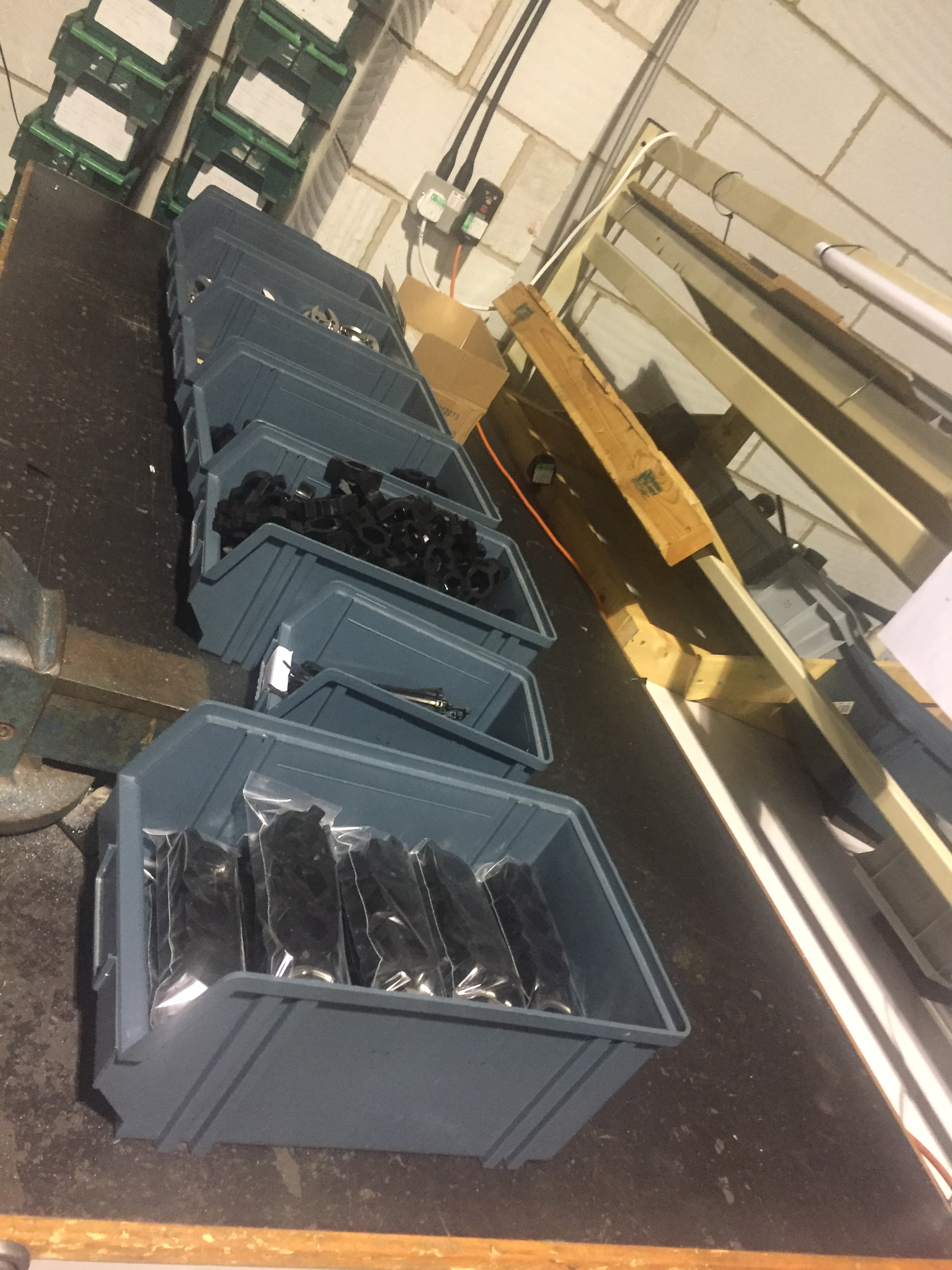
One Piece Flow vs. Batch Work- Getting Our Heads Around Which Is Better!
The issue of whether one piece flow or batch work is best has been an issue much debated here at Stokes & Rowe! When we first set up our assembly department we instinctively started assembling our products using batch work. It made sense to us and seemed like the obvious way to do things. And funnily enough, every new member of staff who has started has automatically veered towards doing batch work too! The reasoning was that we’d be more efficient completing all of one process before moving onto the next. For example, putting all the o rings in all the filter housings, then moving onto all the collets, then putting in all the springs… you get my drift. And we did this for quite a while. But then we started seeing it’s flaws…
What problems did we encounter with Batch Work?
Firstly, if you’ve done one wrong, the chaces are you’ve done the whole batch wrong! And you might only realise this when moving onto the next stage and so would have to undo everything you’d already done and start all over again! Believe me, as soon as you’ve had to do this once, you will swear off batch work forever!
Secondly, even if the batch as a whole is good, there’s still a good chance that you might make an error on one or two products. Imagine you have a handful of o rings that you are putting in filter housings heads and you’re doing a few hundred of them, the likelihood is that one will get missed. And you might not even notice it at the next stage if you are whizzing round trying to put all your collets in as quick as possible too.
Giving One Piece Flow a go…
There are lots of detailed definitions on the web and of course it’s application will vary between different types of businesses, but for us, one piece flow has involved assembling one product completely before moving on to the next.
By focusing on one complete product at a time, you are reducing the risk of missing something out. And if you get to the end of the line and realise that something has gone wrong, you’ve only got one product to redo, instead of a whole batch.
And it’s actually quicker! Surely not, I hear you say! But it really is. Negating the need to keep picking the same product back up and down throughout all the different processes can shave a lot off of your assembly time. And if you still don’t believe me, I have included a fabulous video that I found on the web to prove it using the example of stuffing envelopes!
How are we ensuring that everyone carries on assembling using One Piece Flow?
We’re taking a few of measures to ensure that everyone stays on board.
Our aim is to not start any job until we have absolutely everything we need to finish it complete. Whilst this doesn’t always happen at the minute, by working with the machine shop and our suppliers, we hope to overcome this in the near future.
 We also invested in some additional work stations to ensure that anyone doing an assembly job has ample space to set out the whole line comfortably. And in doing this, people have to physically walk their product down the line assembling it as they pass through each station, which lessens the likelihood of something being missed out.
We also invested in some additional work stations to ensure that anyone doing an assembly job has ample space to set out the whole line comfortably. And in doing this, people have to physically walk their product down the line assembling it as they pass through each station, which lessens the likelihood of something being missed out.

And we’ve even taken away all the chairs! This prevents people from sitting down and grouping components around them, which can also increase the likelihood of things being missed out.
And if we have a job for two people..? Well, we time every job we do anyway to see what continuous improvements can be made, so we also use this to split the line equally in two so that products continue to flow just as beautifully through the line and are not building up at any stage.
Happy Manufacturing!
Rob, Nicola and the Team